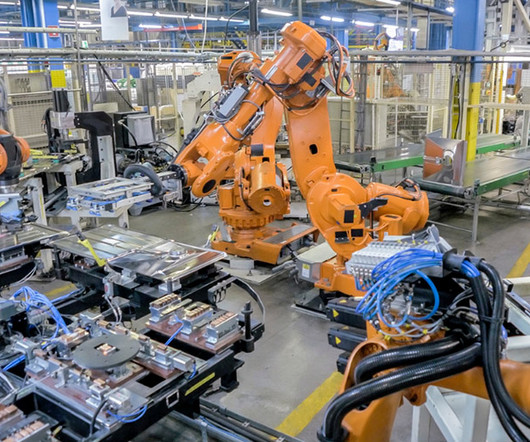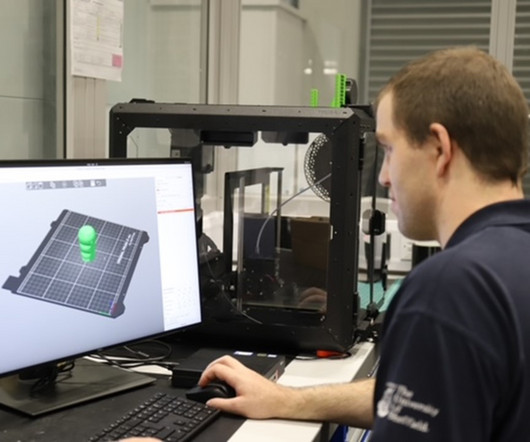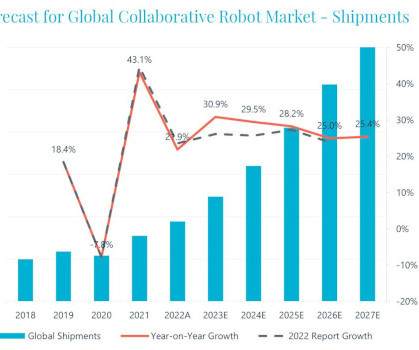2023 robot orders down 30% from 2022 in North America, according to A3
Robotics Business Review
FEBRUARY 12, 2024
The organization said it expects the slowdown, particularly in automotive manufacturing, to continue until the second half of 2024. Both automotive, non-automotive robot orders dip According to A3 , North American companies purchased 31,159 robots in 2023, compared with 44,196 ordered in 2022 and 39,708 in 2021.












Let's personalize your content